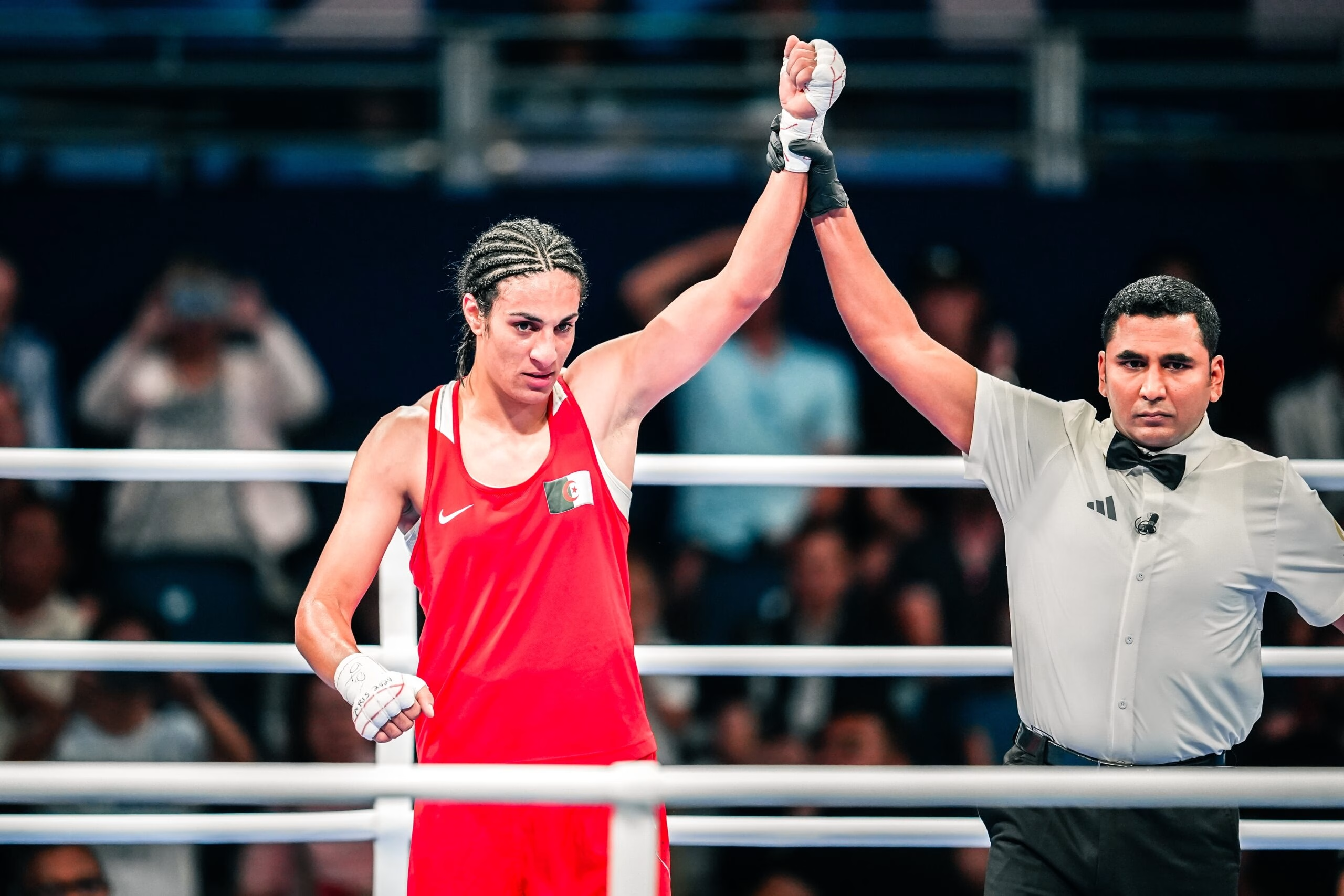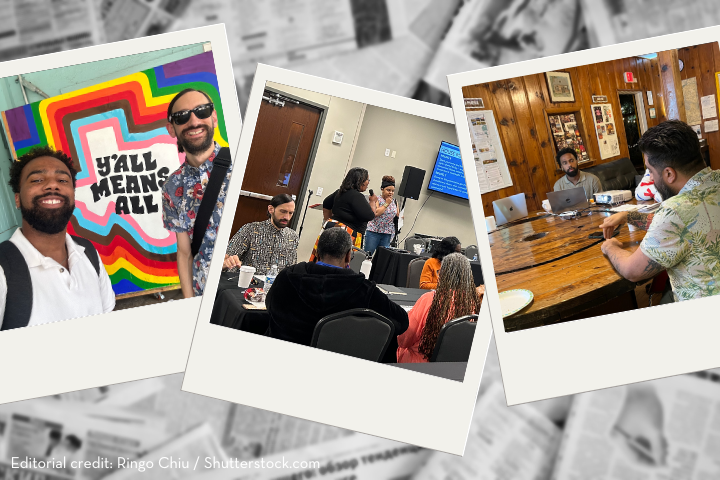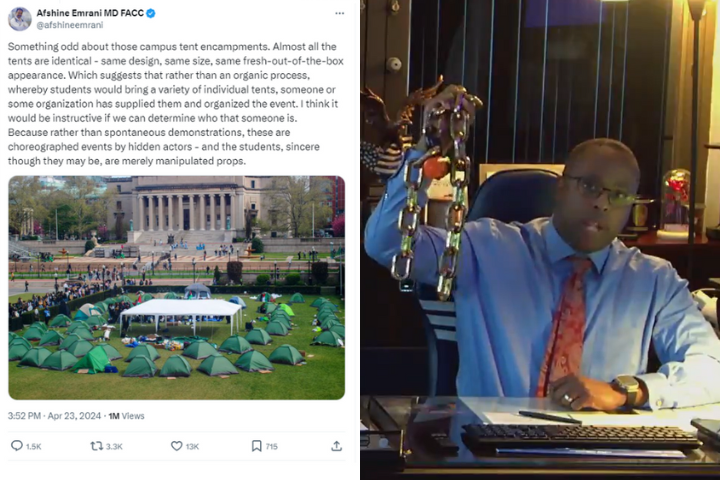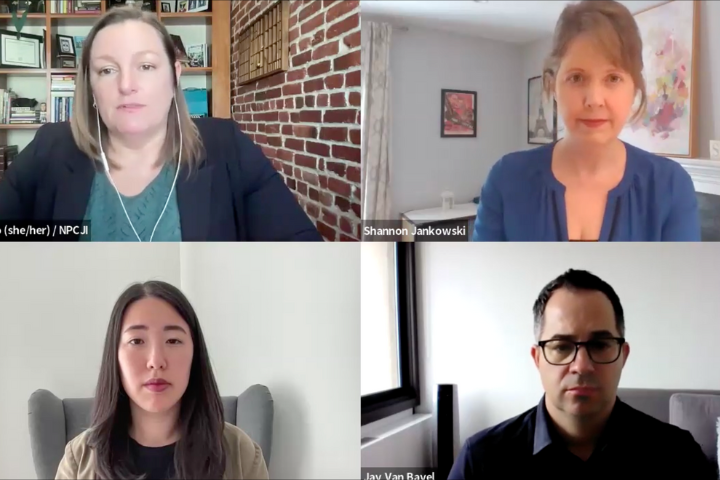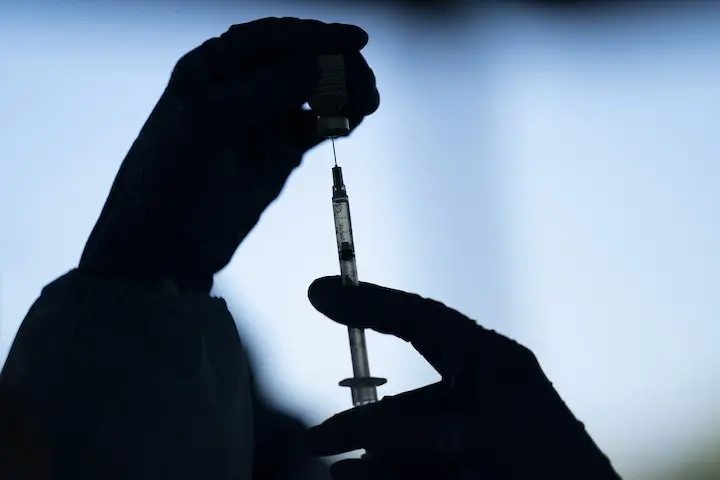This Q&A is part of a series of interviews with journalists and experts who regularly handle disinformation. The interviews will appear regularly through the election and beyond to highlight best practices, insights, case studies and tips. Our goal is to provide a resource to assist reporters and community members through the news events of 2024.

Collette Watson is attuned to the disinformation narratives about her community that often get swept under the rug.
Many newsrooms launched initiatives to tackle racism in reporting after the murder of George Floyd in 2020. Four years later – in a moment when disinformation narratives regarding people of color could be consequential ahead of the election – many of those plans are being rolled back.
In 2017, Watson founded Black River Life, a Phoenix-based news, media, and cultural arts organization built to break down anti-Black narratives assumed as truth. She aims to uplift voices within Phoenix’s Black communities while countering deeply rooted falsehoods.
This conversation has been edited for length and clarity.

Black River Life works with journalists, community leaders, and others in the Phoenix area to uplift narratives coming out of the African diaspora. How do you see anti-Blackness and disinformation intersecting?
With Black River Life, we try to leverage the power of cultural arts and media to reflect Black self-love. We see that as an antidote to generations of disinformation, which has taken shape in the form of media narratives, falsehoods, and the ways that the media system has shaped a myth of Black inferiority. That’s everything from the ways that early colonial newspapers used the revenues from advertisements and brokering of human trafficking transactions in which enslaved African people were bought and sold — to stay afloat — to the false headlines that different newspapers across the country, but particularly in the South, published as a pretext for lynchings. Even in the present day, the way that tech algorithms function not only perpetuate outrage by playing into racial stereotypes, but even function to target certain vulnerable members of the Black community for things like predatory loans or voter suppression.
Our media system really shapes what we hold and understand as our shared truths: the truth of our history and the truth of our present day. But when the media system is operating with a worldview in which Black folks have less humanity and are inherently criminal or some sort of a threat to society, then those shared truths are, in fact, false. And that is a form of disinformation.
And so for us [at Black River Life], the antidote is Black self-love. It’s the way that we relate to each other; the way we feel about Black children, Black boys and girls; the way we feel about Black queer and transgender folks in our families, in our communities, in our friend groups; the way that we relate to each other. [Those truths] give us nuance to understand why certain conditions exist in and around Black folks, communities, and Black lives.
From your perspective, is identifying white supremacy as a historic and contemporary disinformation narrative something that is properly addressed?
White supremacy as disinformation is routinely left out of the conversation. I was able to deepen my thinking and organizing around that through my time as a co-creator and eventually director of the “Media 2070: Media Reparations” project at Free Press. [We took a step back to] think about the media system and information, how it moves and functions, and who has the power to shape it. And we realized that that power is and has largely been concentrated in the hands of predominantly white men. That hasn’t just happened as a matter of chance. When the FCC was created, those broadcast licenses were issued only to white men, as was the practice during the Jim Crow era. But we are living with the realities of that — across broadcast, print and all other mediums. Our overarching narratives in this country have been shaped by media that was almost exclusively held in the hands of a certain group of people.
Some people look at the history of media and they think that there was a Golden Age in which news and information were understood and valued as fact-based; and that with the rise of … maybe Trump, or the rise of the internet, that we have suddenly fallen off track. But the truth for Black people is that news [and information environments] have been in crisis since the very beginning.
What we realized at Media 2070 is that we are on a continual cycle, going back to the Red Summer of 1919, where there was unrest and massacres across the country, [notably in Chicago]. Directly after that, the city of Chicago created a race relations commission that studied the causes of the unrest, and located the media there as being a primary contributing factor to the perception of Black people as a threat, which then contributed to this racial violence. About 50 years later, you have a summer of uprisings across the country. President Lyndon B. Johnson commissions the Kerner Commission to study the causes of that unrest. They locate the media system nationally as a contributing factor, [reporting that] media coverage made it seem as though Black Americans don’t go to PTA meetings, or go to church, or just live everyday lives, but solely exist as a criminal threat. And that, of course, once again fed into the violence [that we’ve seen recently]. About 50 years after that, we have the George Floyd uprisings.
You have this repeated pattern. This 50-year cycle of uprising and unrest, people in the streets yearning to be heard; and our media system being identified as a primary force in this perception of Black people as a group that has to be controlled and caged. How do we get off of this merry-go-round? It starts with repair.
What role can community leaders, artists, and cultural workers play in building resilient information environments, or in advancing that work of reconciliation?
In 2021, Media 2070 issued a pledge for newsrooms to care for Black communities and journalists. [When we say] “care,” we’re not talking about hugs and kisses. What we are talking about is very structural. One of the ways that we can begin to engage is to simply understand the ways that newsrooms and media organizations currently function to uphold the myth of Black inferiority.
The Media 2070 pledge to care for Black communities and journalists mentions eight different points. I’ll just share two of them. One was avoiding adultification, which is a bias that frequently surfaces in coverage of Black children. And we named Black girls in particular, and the story of Ma’Khia Bryant, but there are so many. We also called on newsrooms to be skeptical of police, and police narratives in verifying information, in the same ways that we are skeptical of any source. And, I’ll say one more: Trusting Black journalists when they offer to tell nuanced stories that reflect that Black self-love that I mentioned earlier.
[At Black River Life], we’re also resourcing different members of the community who are doing acts of journalism, though they may not be called journalists — people who are doing the work of gathering information about what’s happening in South Phoenix and other underserved areas, because, due to the ways that our news system is in crisis, there are gaps. Some people call them “news deserts,” but we don’t, because there are people in those desert communities who are doing the work of informing their neighbors. They just aren’t being resourced. We’re working toward providing them with trainings so that they can continually deepen their approach, but also have it be sustainable, above all.
The conversation around disinformation and news consumption, at times, can feel technical, or academic, or inaccessible. How can we do a better job at bringing these conversations to the community level?
Well, I do think it starts with redefining disinformation. We can’t just think of disinformation as the spread of information that runs counter to the truths we’ve always understood. We have to think of disinformation as the spread of information that is untrue. There are many truths that have been obscured. Disinformation has landed us in a situation where everybody’s talking and nobody’s having the same conversation. And I think that’s part of why there’s so much fatigue. It’s hard to even know what to believe, what to prioritize — not just because there’s so much information out there, but because we’re not even all speaking the same language to each other. One person is saying “looter,” another person is saying “survivor of a natural disaster.”
When you begin to question the way we understand certain stories and certain issues, and begin to investigate in a way that centers the voices we don’t usually hear from — … when you begin to center their voices in a way that really questions the generally accepted understanding of the issues they face, then some people’s ears start to perk up. Some people start to care — and not just about the information environment and not just about disinformation, but maybe even about participating in society and overall civic engagement.
We just have so much despair and apathy right now. The last thing on a lot of people’s minds is trying to figure out the veracity of information. People are trying to survive. And so, when you talk about the way that disinformation prevents people from accessing safety, dignity, and survival; and telling stories in a way that surfaces and upends the “shared truths” that are actually falsehoods and pretext for systemic oppression, then you might get some folks’ attention.
Collette Watson (she/her) is co-founder and Executive Director of Black River Life, a news, media, and cultural arts organization serving the African diasporic community of Phoenix. Watson previously worked with Black Alliance for Just Immigration, the J. Walter Thompson advertising agency; and Free Press.

